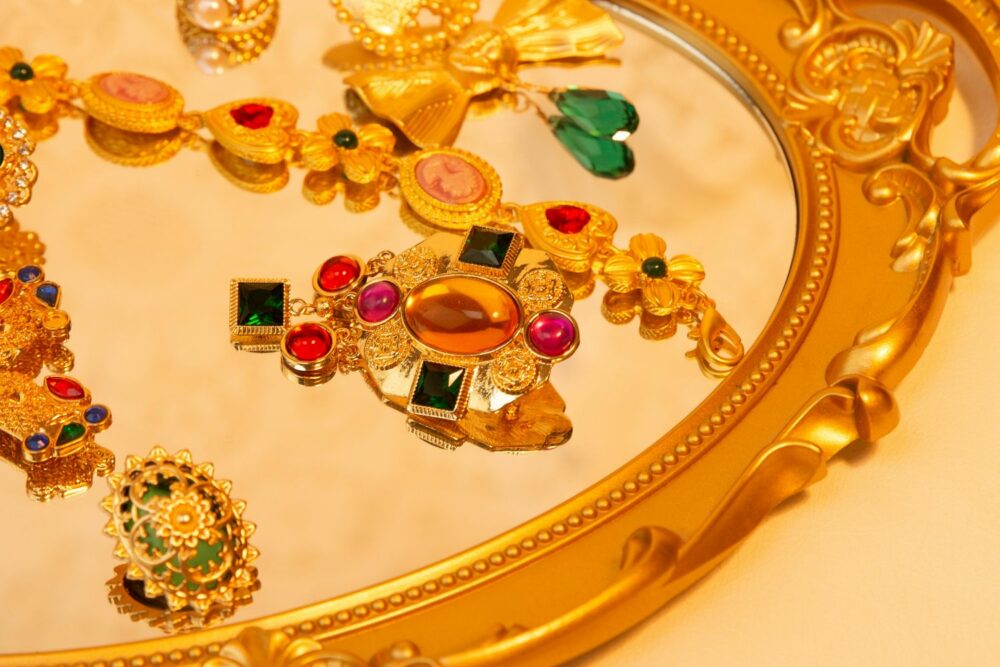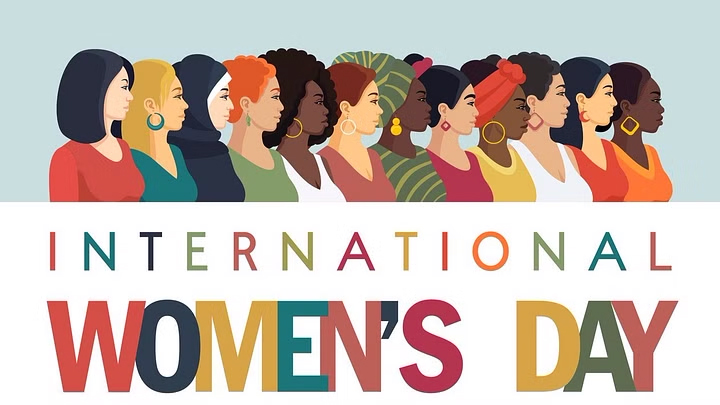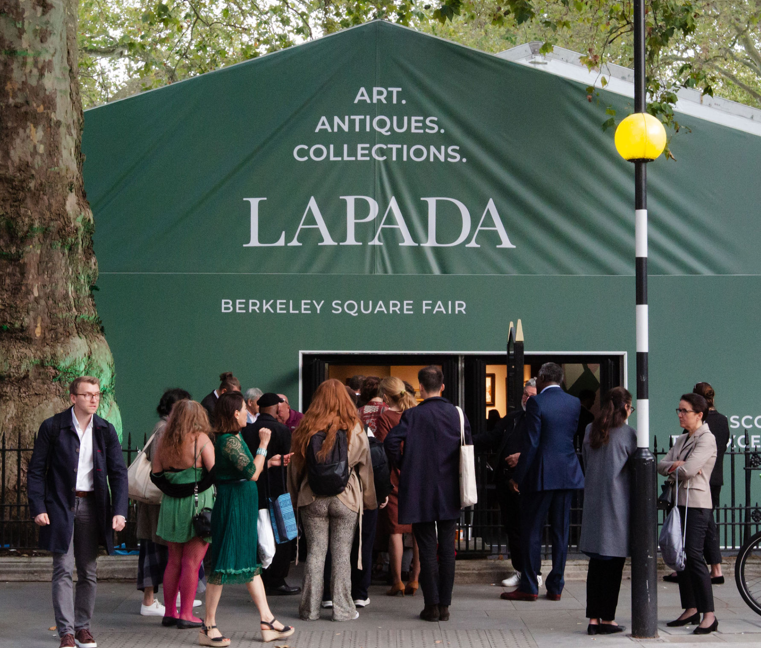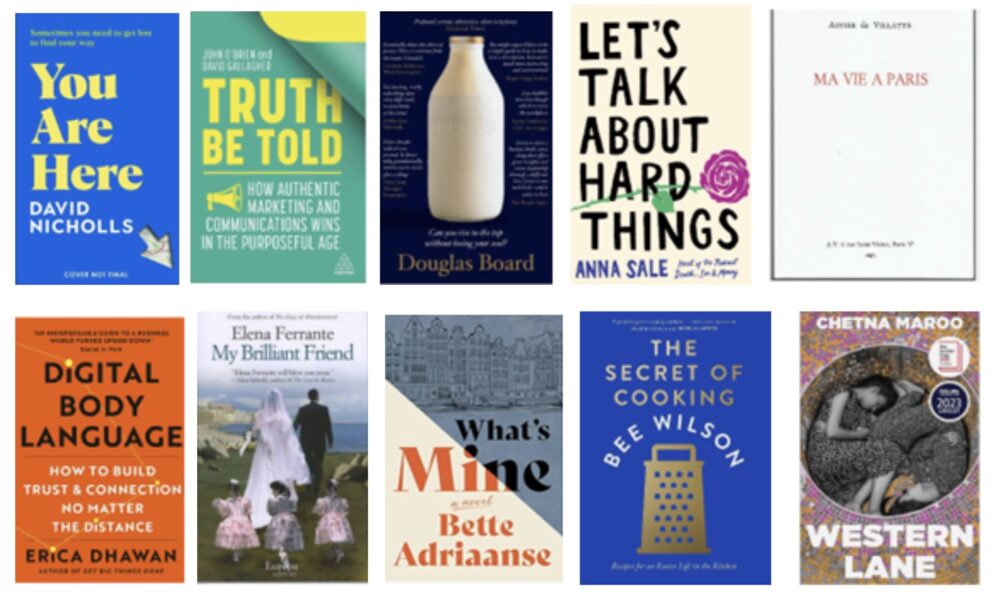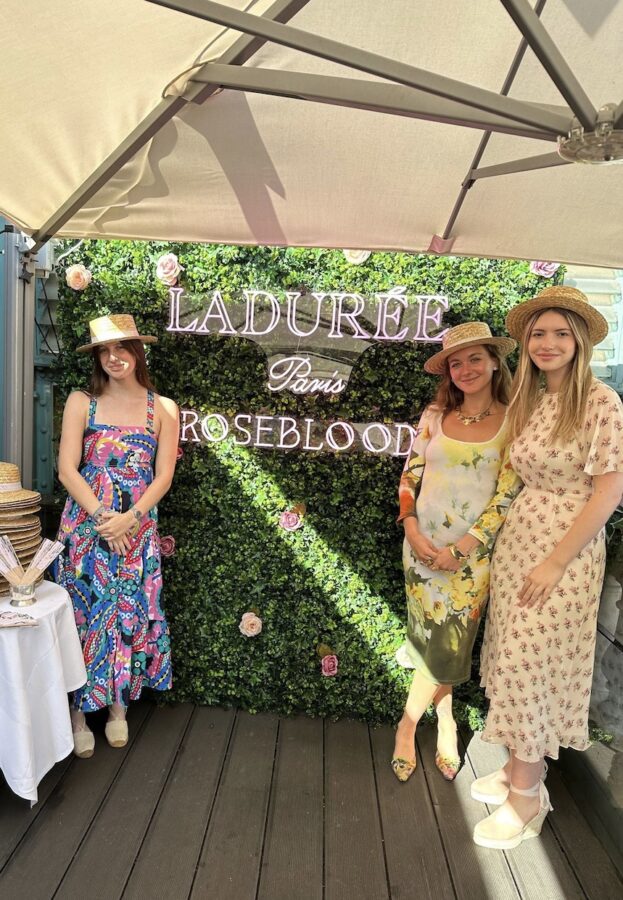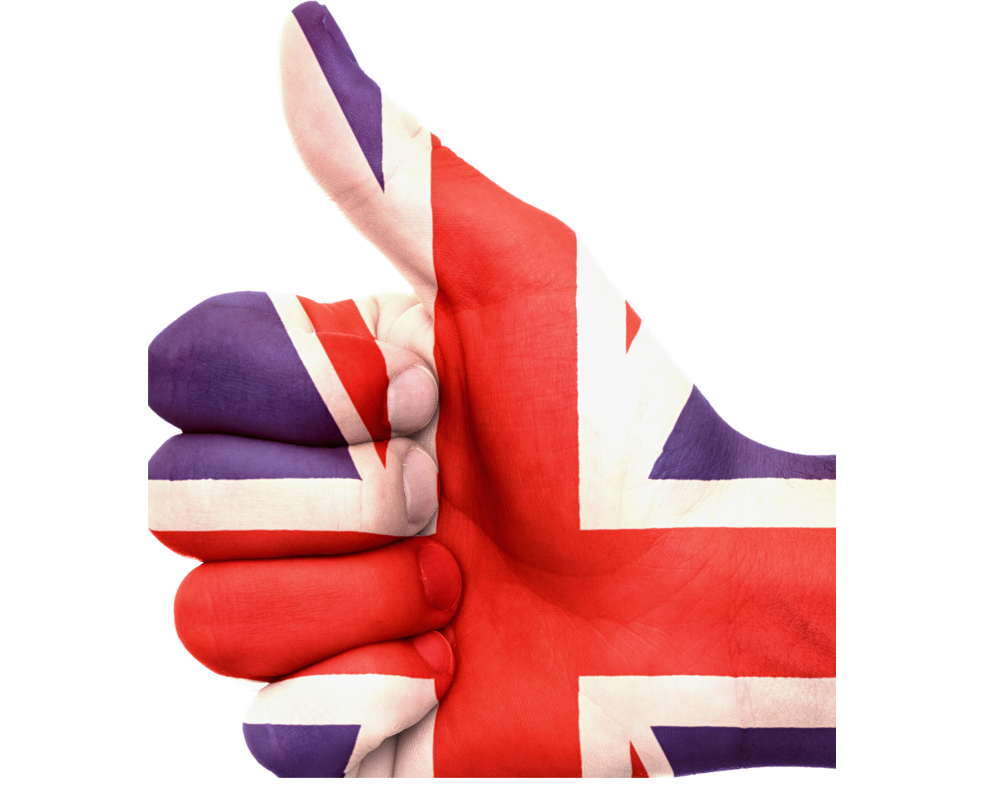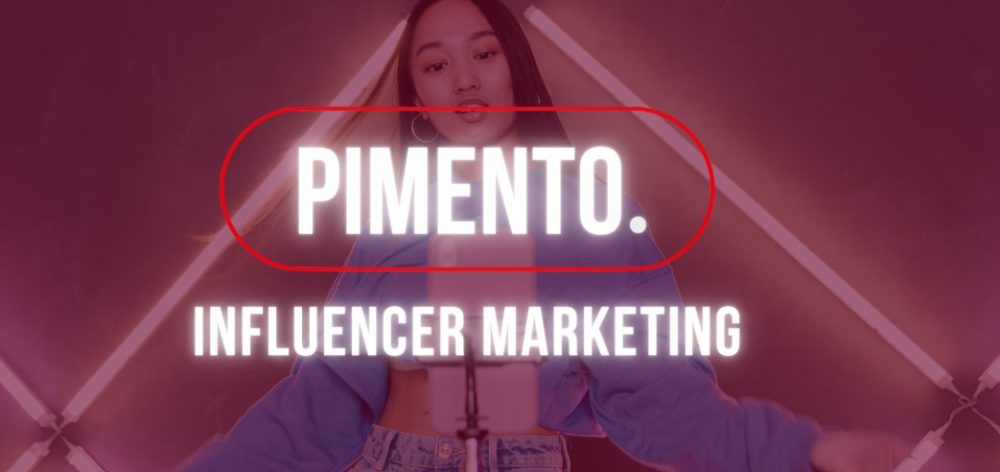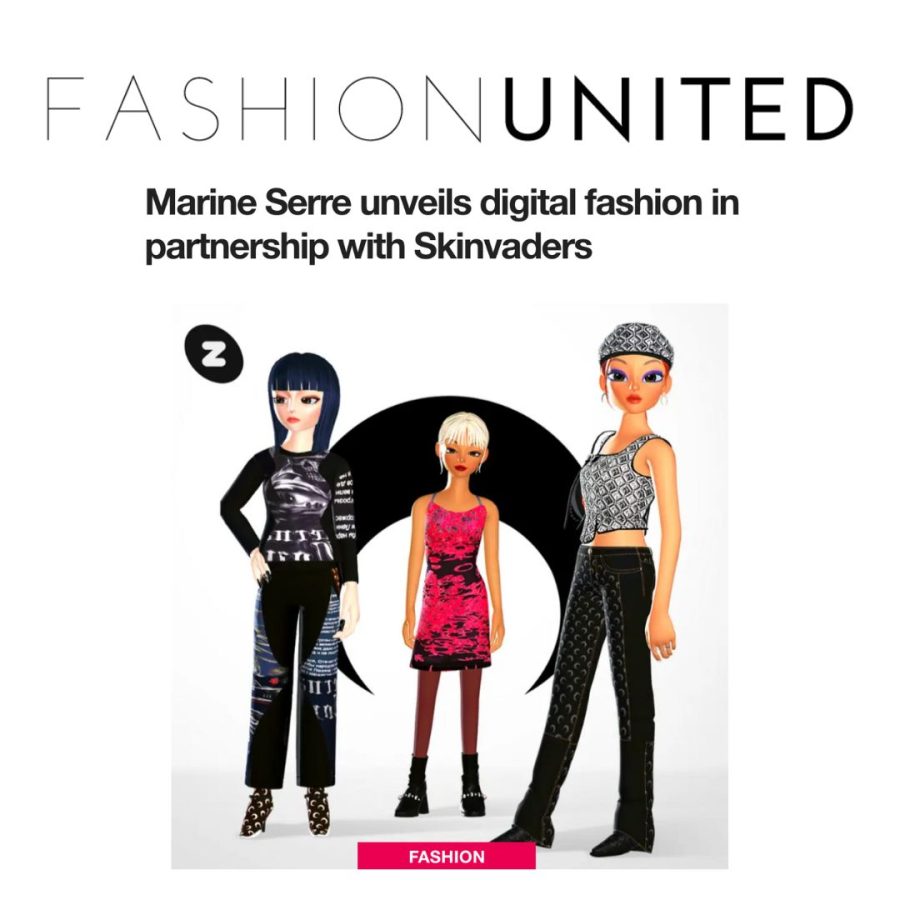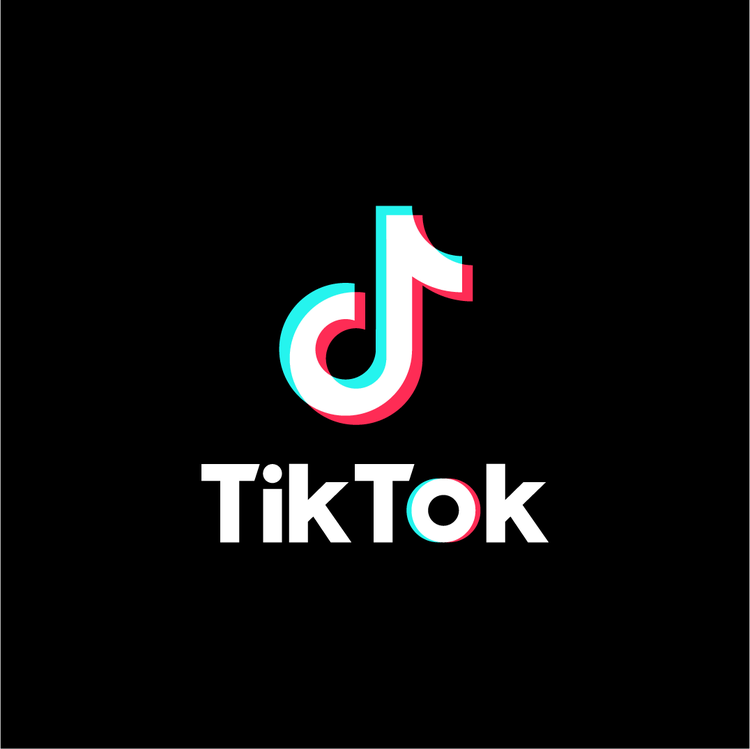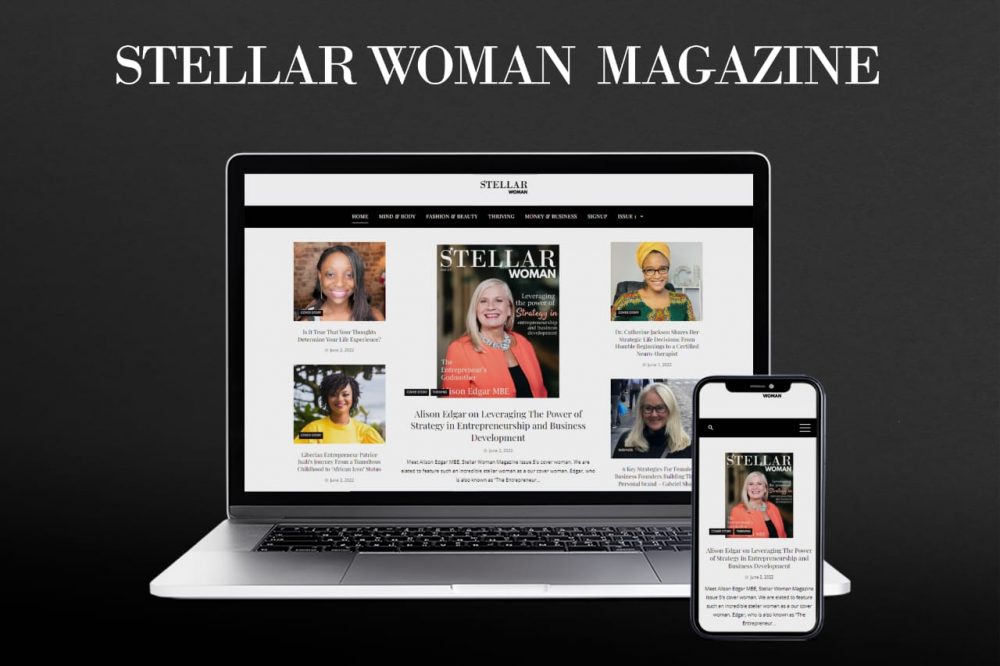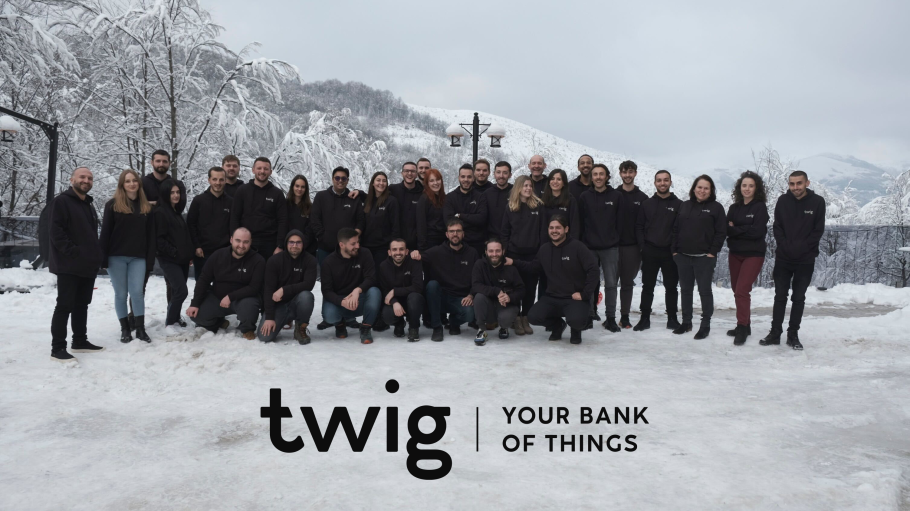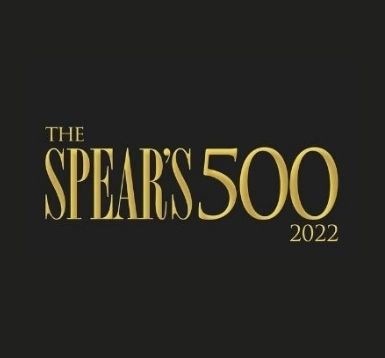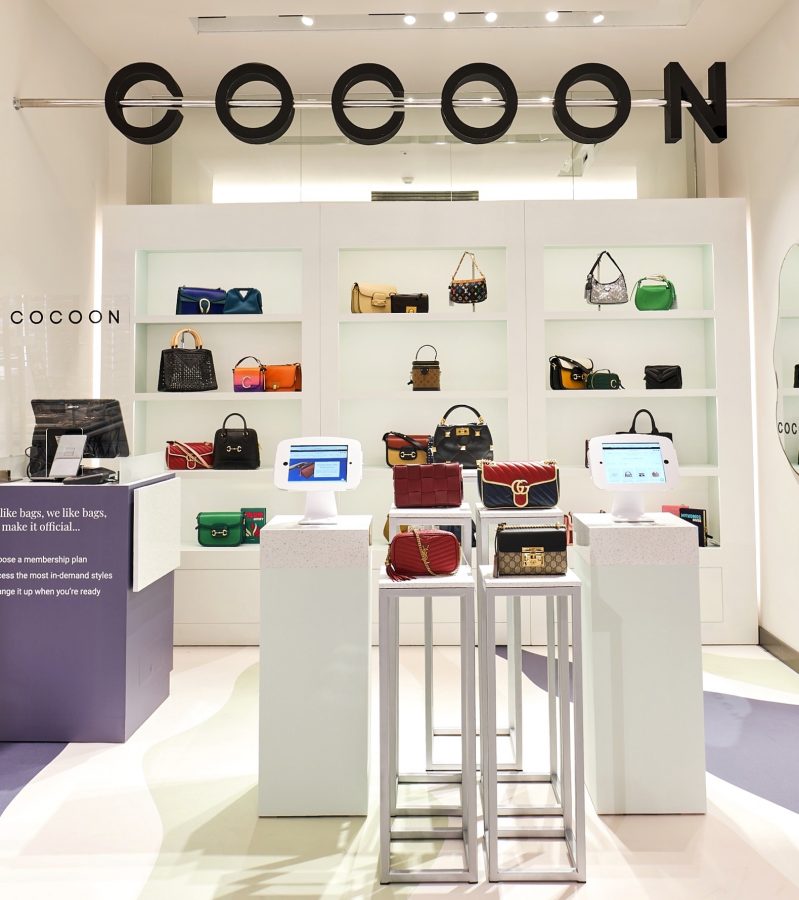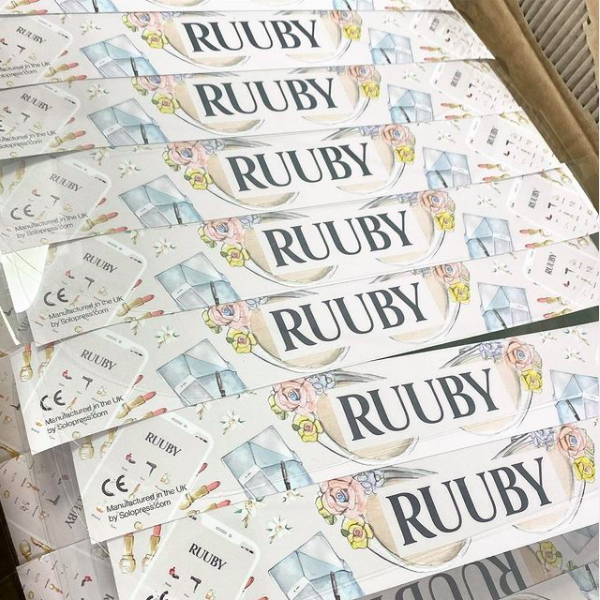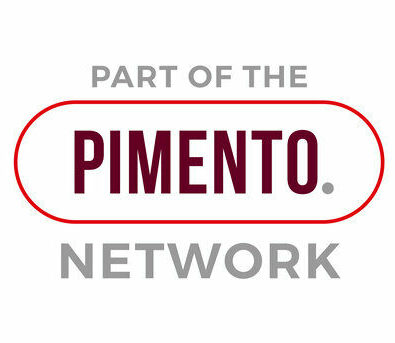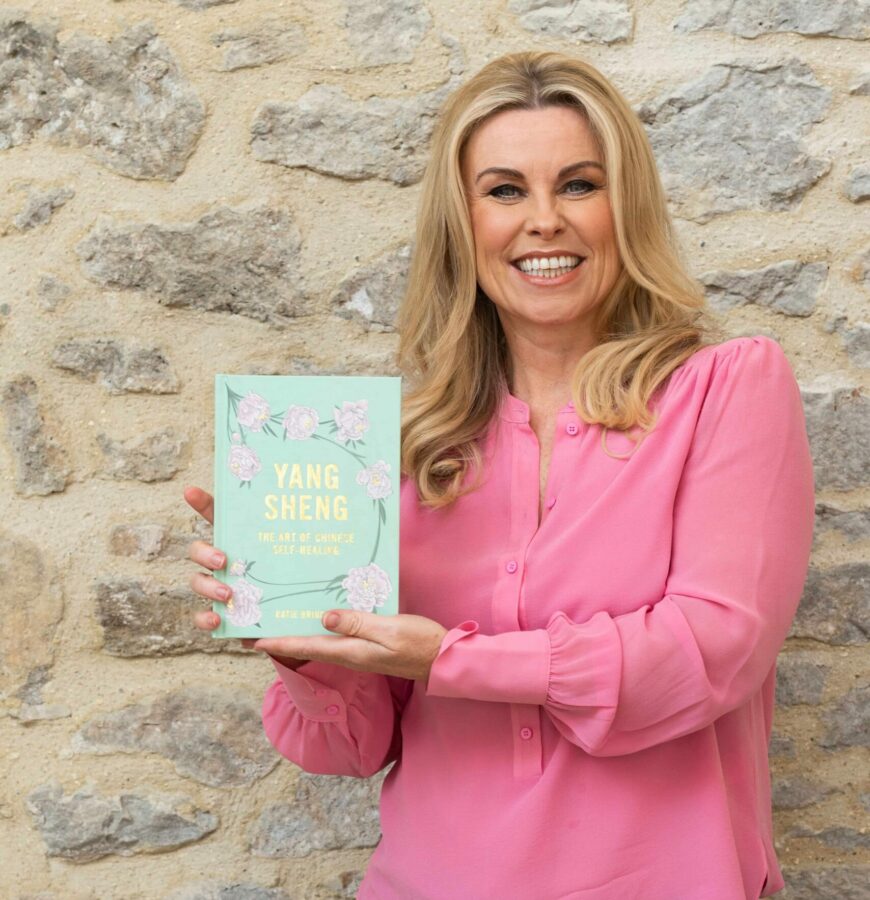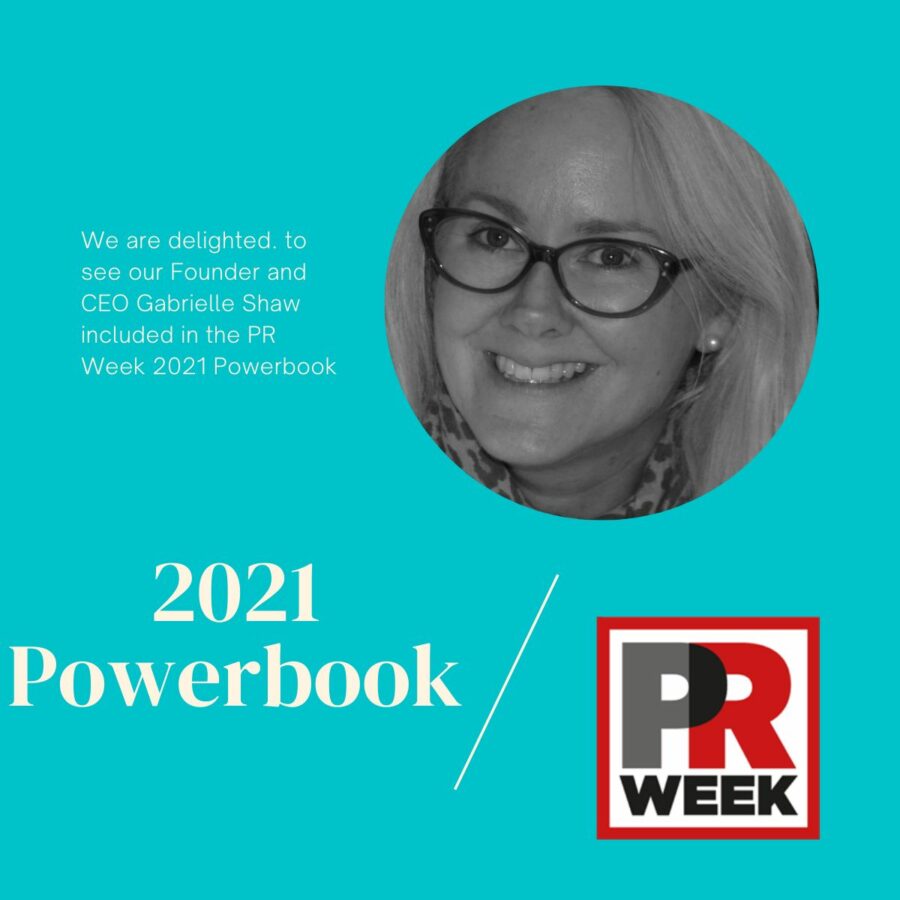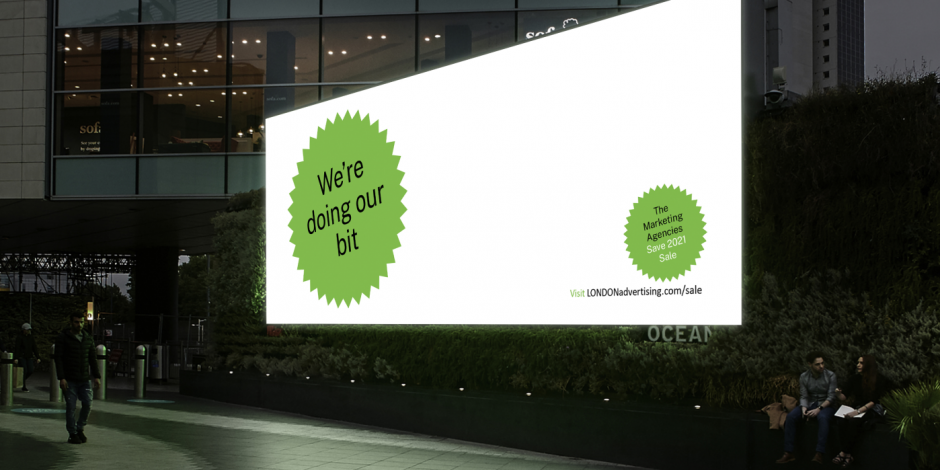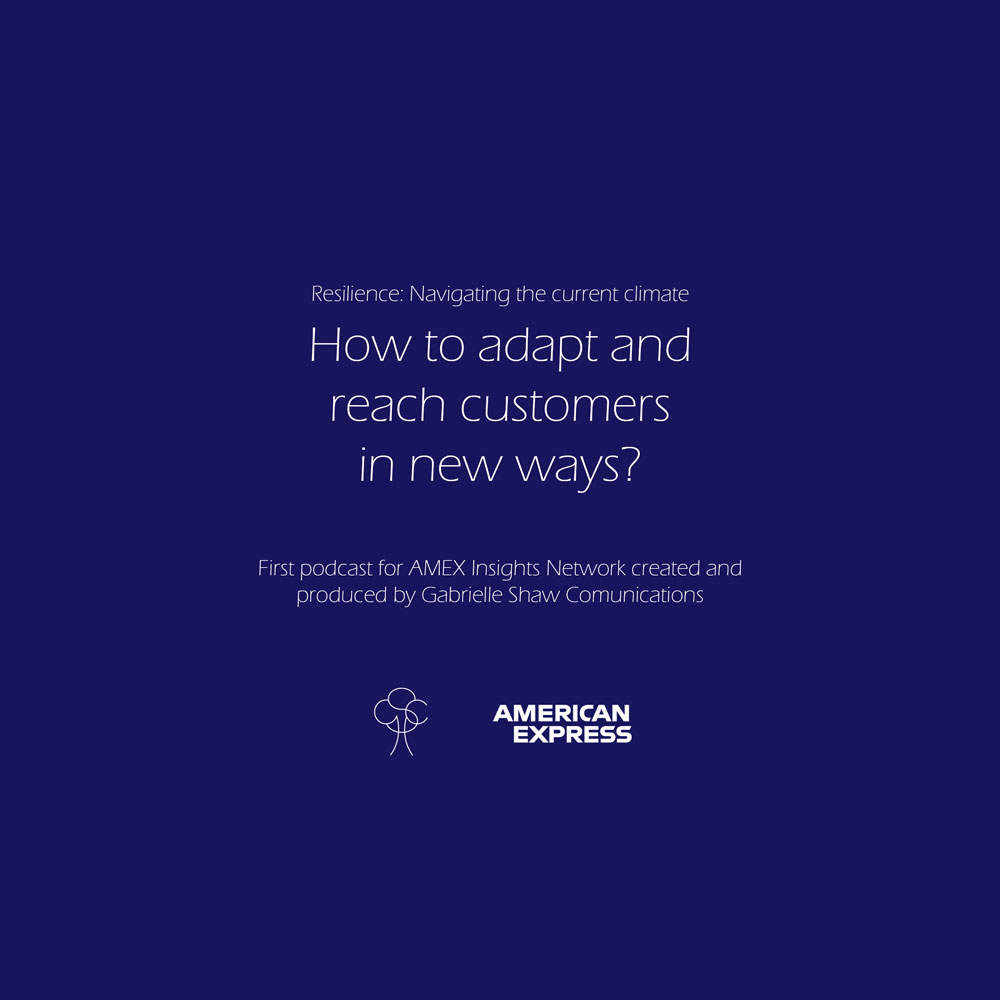What is the difference between PR and communications?
Published 02 / 24 / 2023Introduction
An excellent question! Is there a difference between PR and communications? The answer may be more complex than you think.
In today’s marketing world, definitions and brand-building hierarchies are evolving fast. As change takes hold, even the practitioners themselves don’t necessarily agree.
So let’s unpack the variables and commonalities between communications and public relations, and see how they relate when making a brand or business shine.
What is communications and what is public relations?
Public relations is a strategic approach to creating and building positive reputation management and brand communications for clients. It involves developing relationships with the public, stakeholders, and other key audiences.
Work with clients might begin by developing a brand strategy with core objectives for brand communication, and the strategic identification of a distinct and differentiated brand identity.
PR is rooted in growing an image through earned awareness raising. This is most commonly done through editorial media relations, but also through events, direct consumer engagement, via social media channels and other online platforms.
Public relations also creates campaigns that may leverage brand ambassadors including everyone from online nano-influencers to high-end celebrities.
Skilful PR agencies will create and leverage content that is strategic and creative; building credible earned brand loyalty that goes far beyond simple fondness for a product.
Through third-party advocacy, PR will earn trust, endorsement and a positive image with its target audience.
What is the difference between communications and PR?
There are many ways to look at the difference. Here are three perspectives:
1. Language is fluid.
If language didn’t evolve, the device ringing in your pocket would be called a telephone, not a mobile. A newer term may more relevant or popular, or used because an older word carries undesirable connotations.
The term PR may occasionally convey a hint of negativity. For example, around the idea of PR as ‘spin’ – especially in government or public affairs. Or from the champagne ‘luvvie’ types depicted in the brilliantly comedic Absolutely Fabulous TV show.
While public relations is still a stalwart, respectable term, it is notable that some esteemed organisations have refreshed it to incorporate the word ‘communications’. For example, in 2016 the PRCA or Public Relations Consultants Association became the Public Relations and Communications Association.
Likewise, many a large agency in London has shuffled its name in recent years. For example, Ketchum uses PR & Marketing Communications. Weber Shandwick is ‘The In-Culture Communications Agency. Fleishman Hillard calls itself ‘The World’s Largest Communications Agency’.
So yes, language is fluid. Additionally, the quest for covering SEO possibilities might influence descriptions used online. People still understand the meaning of public relations over communications so the term gets worked into the copy.
2. The PR discipline is evolving.
Public relations is described as the art of creating and managing a positive image of a company, brand, or individual and its target audience. Great media relationships are critical.
However, in this modern age of communication, achieving the above is virtually impossible without being adept at developing an organisation’s brand identity, messaging, content strategy, and the use of various channels to reach target audiences.
Likewise, it is the ability to move seamlessly off and online, as there is no longer any real difference between the two when it comes to communication.
For these reasons, shifting to the term communications may reflect the more complex skill set now needed to achieve successful PR.
3. Communications can umbrella over PR.
Although communications and PR are sometimes used interchangeably, the word communications can also sit on atop PR.
Communications is a broad, flexible term that encompasses many different activities as described in aspects of PR, advertising, influencer and creator relations, and other aspects of the marketing funnel that drive reputation in order to move from awareness through to interest, consideration, intent, evaluation, and ultimately the holy grail of marketing – purchase and loyalty.
Communication is a convenient term that can incorporate many different practices. Public relations can be placed as a subset of communications to represent one of the various forms of brand building.
What can communications agencies do for you?
Large agency or small, communications and PR firms specialise in helping organizations, brands, and individuals to create and manage their brand-building strategies. They provide a range of services, such as content marketing, media relations, public relations, social media management, and much more.
Along with traditional services such as writing and distributing press releases, presentations, speeches and copywriting, they may also offer research and strategic development, social media promotion, crisis communication and image building through a variety of media outreach approaches.
Communications agencies can do a deep dive into an organisation to cultivate positive positioning and messages, and make them relevant to the media. Likewise, they can do damage limitation in response to bad news.
What benefits are offered by smaller a communications agency London?
London boasts offices of some of the world’s widest-reaching agencies. But a large agency often comes with a large price tag and an infrastructure that keeps smaller clients from accessing the most senior brainpower and counsel.
The scale of a large agency machine has its own set of pros and cons. While there certainly are many pros, going with a huge global agency is not the only path.
An interesting alternative comes in the form of top smaller London communications agencies. Often sector specialists, these companies are sometimes started by founders who once worked for a big agency, so they bring the skill set of the major players with them to an intimate scale.
Smaller consultative agencies can often provide a personalized approach for clients, providing highly tailored services to help them create and maintain positive brand identity and reputation.
They can be brilliant with entrepreneurs and start-ups, as well as big multinational companies. These agencies have worked with some of the world’s most exciting brands and have extensive experience in helping clients achieve their core objectives.
Small agency clients have excellent direct access to senior consultants. Consultants can serve as advisors in a way that goes beyond reputation building to include a wide berth of C-Suite support. Additionally, smaller agencies can help grow the careers of clients as well as their brands.
A small but mighty communications agency taster. (Source: Gabrielle Shaw Communications)
“Gabrielle Shaw Communications is a global creative communications agency that partners with brands and entrepreneurs to unlock their purpose, shape perceptions, cultivate brand desire and drive commercial success.
In particular, GSC design insightful creative communication strategies across luxury, lifestyle, retail, travel, beauty & wellness, food & drinks and arts & culture
The agency has its own bespoke network of top-tier strategic planners, creatives, writers and producers who regularly work under its umbrella.
This allows GSC to bring exactly the right people in for the right projects and to cost-effectively offer clients access to diverse and experienced teams when it is needed.
GSC is also a proud member of TAAN, one of the world’s most established and innovative global networks of carefully selected strategic communications and marketing agencies.”
Check out our blog on hiring a PR agency in London here.
Interested in learning how GSC can help build your brand? We’d love to chat. Get in touch.
Discover GSC
+44 020 7731 8811
Further Reading
















